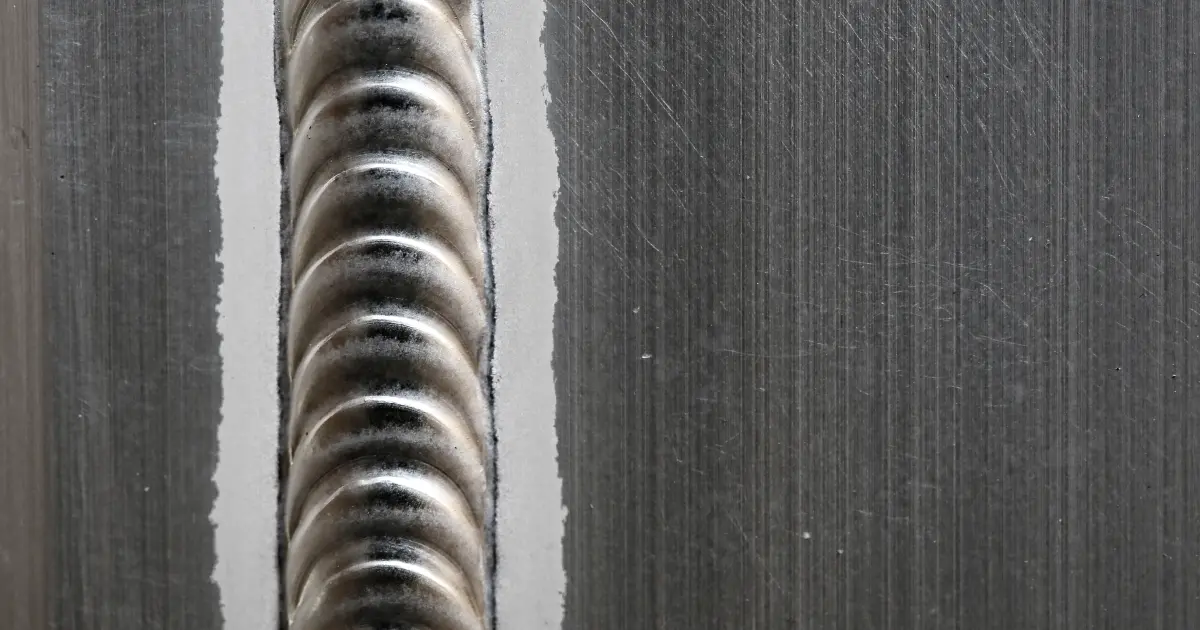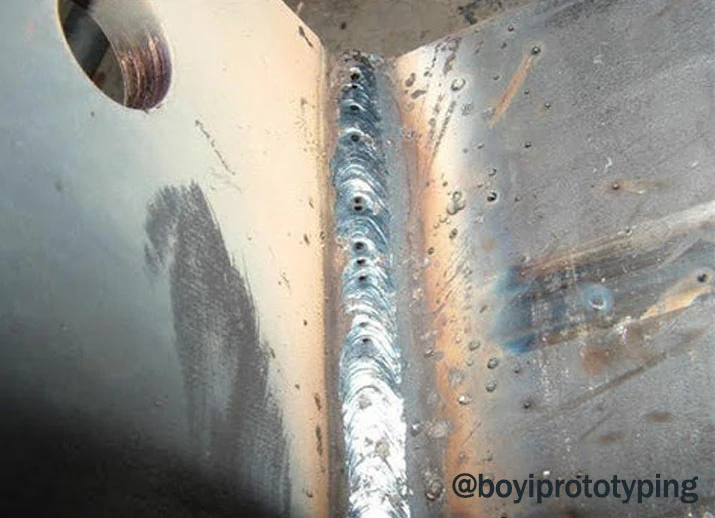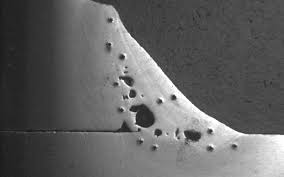Deciphering the Enigma of Porosity in Welding: Tips for Lessening Issues and Maximizing Quality
In the complex world of welding, porosity continues to be a relentless difficulty that can dramatically impact the top quality and stability of bonded joints. Recognizing the elements that add to porosity formation is critical in the search of flawless welds. By unwinding the secret of porosity and applying efficient approaches for problem reduction, welders can elevate the standards of their job to accomplish premium top quality results. As we explore the depths of porosity in welding, discovering the keys to its prevention and control will be vital for professionals looking for to understand the art of top quality weldments.
Understanding Porosity in Welding
Porosity in welding, an usual problem run into by welders, describes the presence of gas pockets or spaces in the bonded product, which can endanger the stability and top quality of the weld. These gas pockets are usually entraped throughout the welding process because of numerous factors such as incorrect securing gas, polluted base materials, or inaccurate welding parameters. The formation of porosity can compromise the weld, making it at risk to splitting and corrosion, eventually leading to architectural failings.
Comprehending the root causes of porosity is critical for welders to effectively stop its incident. By acknowledging the significance of preserving proper gas securing, guaranteeing the tidiness of base materials, and maximizing welding settings, welders can significantly minimize the chance of porosity formation. In addition, making use of techniques like pre-heating the base material, employing proper welding strategies, and performing complete examinations post-welding can better help in reducing porosity flaws. On the whole, a detailed understanding of porosity in welding is vital for welders to produce high-quality and durable welds.

Usual Reasons For Porosity
When evaluating welding procedures for prospective high quality issues, recognizing the usual causes of porosity is essential for preserving weld stability and preventing architectural failings. Porosity, characterized by the presence of tooth cavities or gaps in the weld steel, can considerably jeopardize the mechanical properties of a welded joint. One typical reason for porosity is improper protecting gas coverage. Poor securing gas flow rates or inappropriate gas mixtures can result in climatic contamination, leading to porosity development.
In addition, welding at incorrect parameters, such as excessively high traveling rates or currents, can produce excessive turbulence in the weld pool, trapping gases and causing porosity. By addressing these typical causes via correct gas protecting, material preparation, and adherence to ideal welding parameters, welders can decrease porosity and boost the high quality of their welds.
Strategies for Porosity Avoidance
Applying effective safety nets is essential in lessening the event of porosity in welding procedures. One technique for porosity prevention is making certain correct cleaning of the base steel before welding. Pollutants such as oil, grease, corrosion, and paint can cause porosity, so complete cleaning utilizing ideal solvents or mechanical approaches is essential.

Making use of premium filler materials and shielding gases that are appropriate for the base metal and welding process can significantly lower the danger of porosity. Furthermore, keeping correct welding specifications, such as voltage, current, take a trip rate, and gas flow price, is important for porosity avoidance.
Moreover, utilizing proper welding methods, such as keeping a consistent travel rate, electrode angle, and arc size, can aid stop porosity (What is Porosity). Appropriate training of welders to ensure they follow best techniques and quality assurance procedures is additionally crucial in minimizing porosity defects in welding

Finest Practices for Top Quality Welds
Guaranteeing adherence to industry standards and proper weld joint preparation are fundamental aspects of accomplishing consistently high-quality welds. Along with these foundational actions, there are several best techniques that welders can implement to even more boost the top quality of their welds. One key practice is keeping proper cleanliness in the welding area. Contaminants such as oil, oil, rust, and paint can detrimentally influence the top quality of the weld, leading to issues. Extensively cleansing the work surface and bordering location before welding can aid reduce these issues.
Another finest technique is to very carefully pick the suitable welding criteria for the details products being joined. Appropriate parameter option makes sure web link optimal weld penetration, combination, and general top quality. Making use of high-quality welding consumables, such as electrodes and filler steels, can dramatically influence the last weld quality.
Importance of Porosity Control
Porosity control plays an important role in ensuring the honesty and quality of welding joints. Porosity, characterized by the existence of tooth cavities or gaps within the weld steel, can significantly compromise the mechanical residential or commercial properties and structural integrity of the weld. Too much porosity weakens the weld, making it more susceptible to splitting, deterioration, and overall failure under operational tons.
Efficient porosity control is crucial for maintaining the desired mechanical residential properties, such as stamina, ductility, and strength, of the bonded joint. What is Porosity. By decreasing porosity, welders can boost the general quality and dependability of the weld, making sure that it satisfies the efficiency needs of the desired application
Furthermore, porosity control is important for attaining the desired aesthetic appearance of the weld. Excessive porosity not just deteriorates the weld yet likewise detracts from its aesthetic appeal, which can be important in markets where aesthetics are necessary. this content Appropriate porosity control techniques, such as making use of the correct shielding gas, regulating the welding parameters, and ensuring appropriate sanitation of the base products, are essential for creating premium welds with minimal issues.

Verdict
To conclude, porosity in welding is a common problem that can jeopardize the top quality of the weld. By recognizing the reasons of porosity and carrying out appropriate prevention methods, welders can minimize issues and accomplish greater quality welds. It is important to regulate porosity in welding to make certain the integrity and strength of the end product. Applying finest techniques for porosity control is critical for attaining optimum welding results. i thought about this